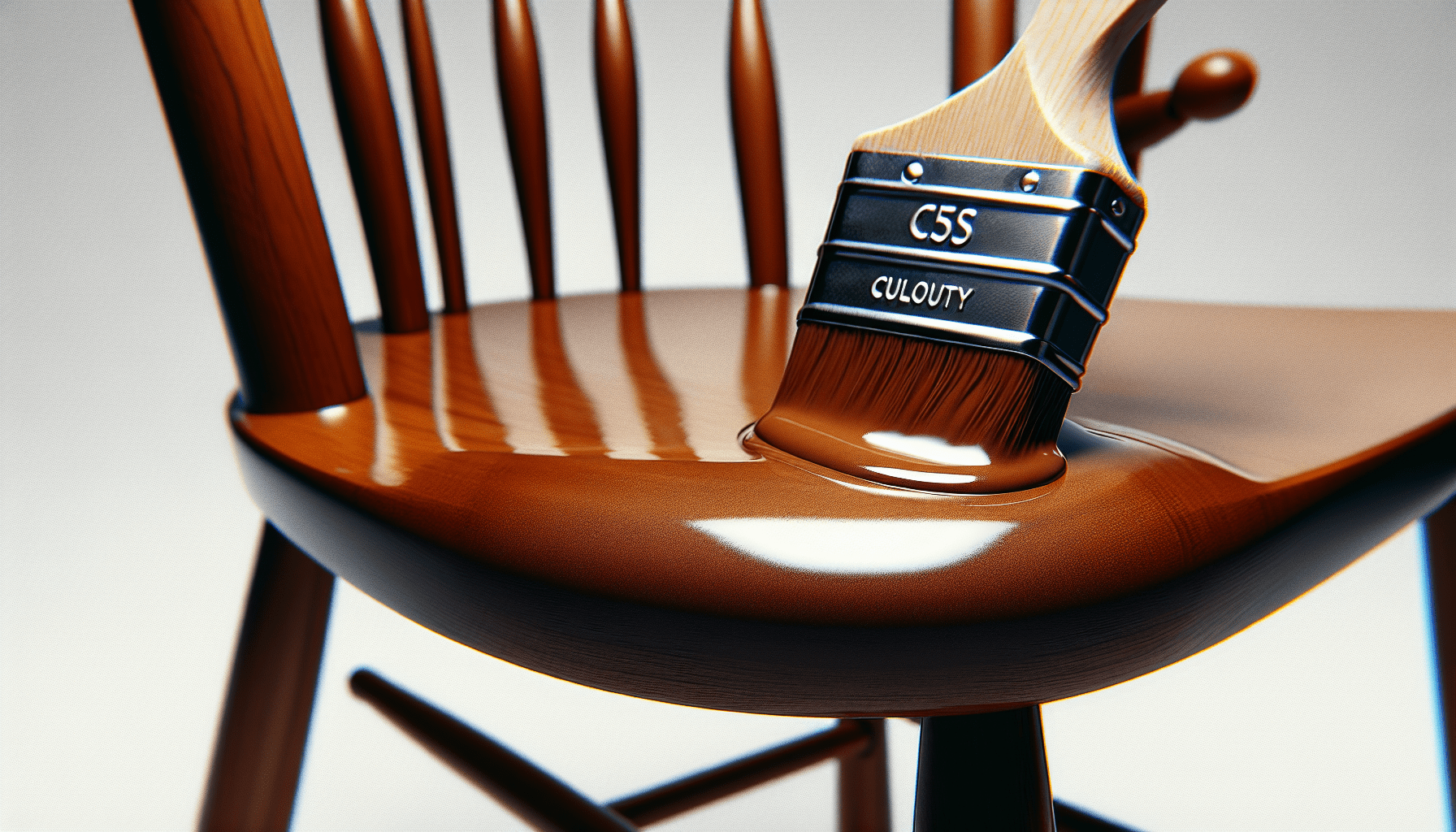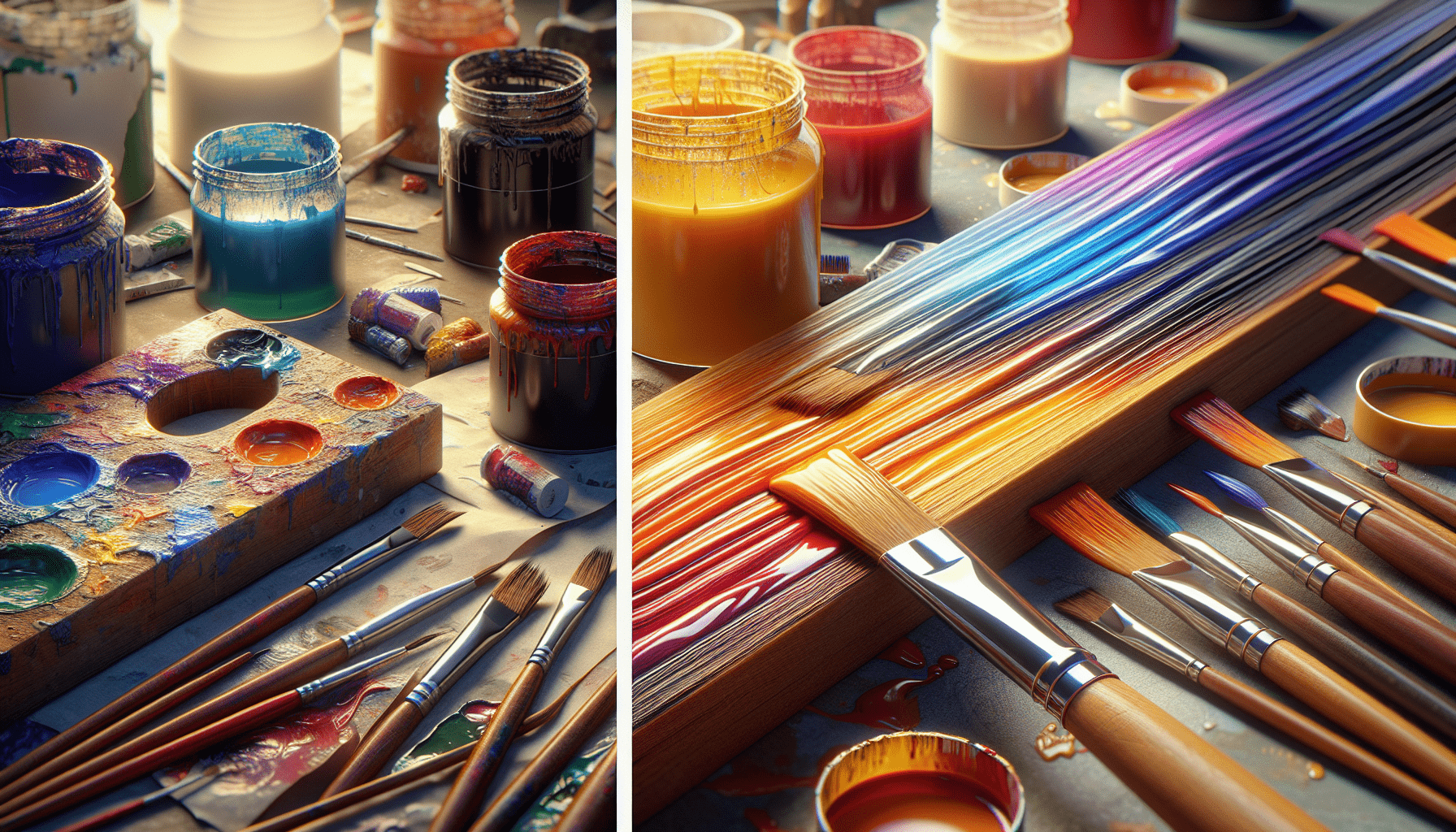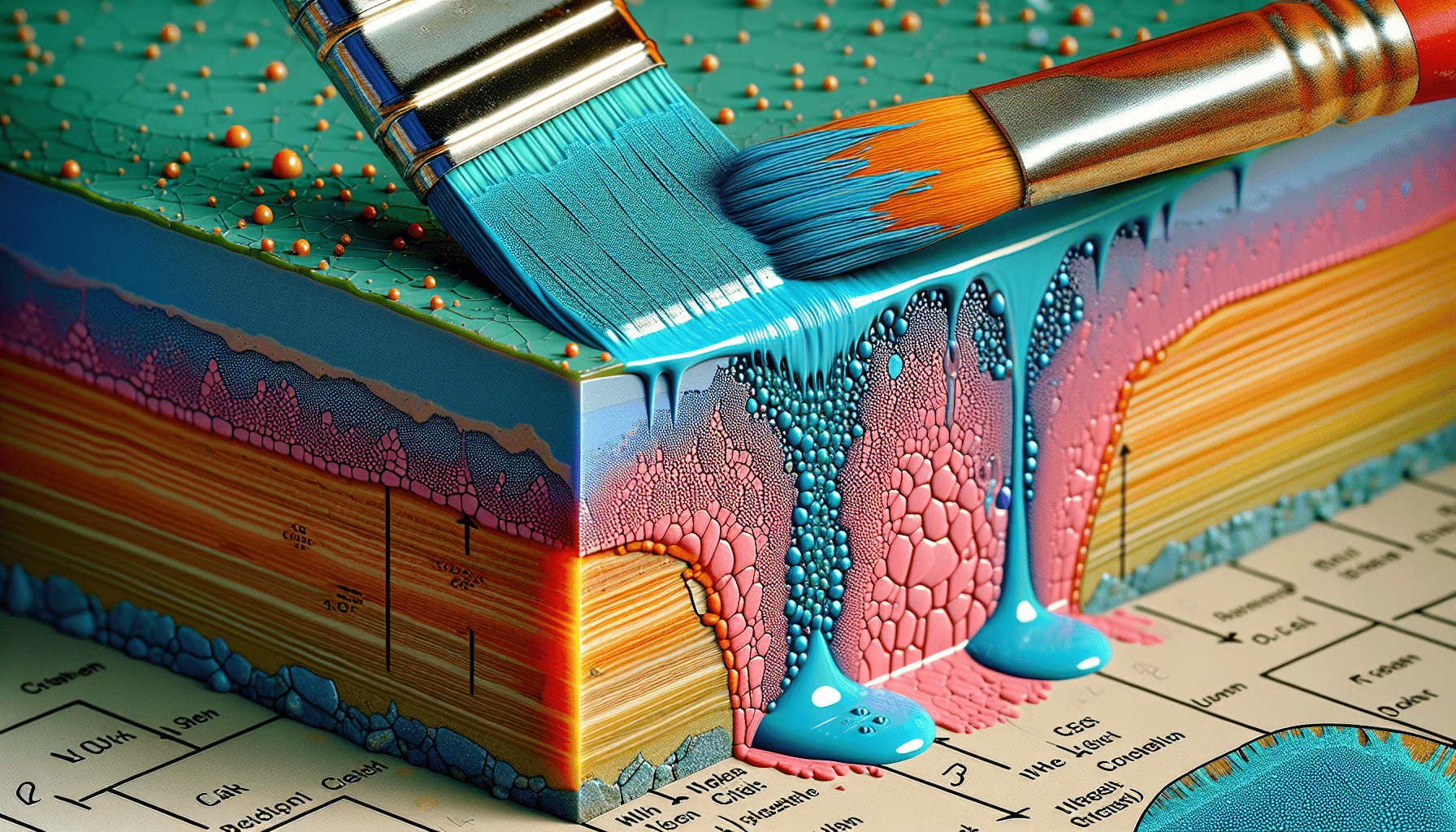Enamel paint, a popular choice for various surfaces, requires a curing process to achieve its desired durability and longevity. Understanding the timeframe for this curing process is essential for ensuring successful painting projects. In this article, we will explore the factors that influence how long enamel paint takes to cure and provide helpful insights to help you effectively plan and execute your painting endeavors. From temperature and humidity to paint thickness and ventilation, we will discuss the variables that can impact curing time and offer valuable tips to ensure optimal results.
Factors Affecting Enamel Paint Drying Time
Enamel paint drying time can vary depending on several factors. Understanding these factors is crucial for achieving optimal drying and curing results. The following are some key factors that can affect the drying time of enamel paint:
Temperature and Humidity
Temperature and humidity play a significant role in the drying time of enamel paint. Enamel paint tends to dry more slowly in cold or humid conditions. In such conditions, the moisture in the air hinders the evaporation of the paint solvents, prolonging the drying process. Conversely, warmer temperatures and low humidity facilitate faster drying by accelerating solvent evaporation.
Thickness of the Paint Layer
The thickness of the paint layer also affects drying time. Generally, thicker coats of enamel paint take longer to dry compared to thinner coats. This is because thicker layers require more time for the solvents to evaporate fully. It is crucial to follow the manufacturer’s guidelines regarding the recommended thickness of the paint layer to ensure proper drying and curing.
Air Circulation
Proper air circulation is essential for speeding up the drying time of enamel paint. Good ventilation helps in removing moisture and allows solvent evaporation to occur more efficiently. Without adequate air circulation, the paint may take longer to dry and could result in an uneven finish. If working in an enclosed space, such as a room with limited air movement, it is advisable to use fans or open windows to promote better airflow.
Surface Type and Condition
The type and condition of the surface being painted can significantly impact drying time. Porous surfaces, such as wood or unprimed drywall, tend to absorb moisture from the paint, leading to slower drying. It is essential to properly prepare and prime the surface before applying enamel paint to ensure better adhesion and faster drying. Additionally, deteriorated or damaged surfaces may require additional preparation and could affect drying time.
Drying Time for Enamel Paint
Understanding the different stages of drying for enamel paint can help you gauge its progress and determine when it is safe to proceed with subsequent coats or other activities. The drying time is often categorized into several stages:
Dry to the Touch
The “Dry to the Touch” stage refers to the point at which the surface of the enamel paint feels dry when lightly touched with a finger. This stage signifies that the solvents in the paint have evaporated, and the paint is no longer wet or tacky. Generally, enamel paint reaches this stage within a few hours of application, but factors such as temperature and humidity can influence the timeline.
Recoat Time
Recoat time refers to the period you should wait before applying another coat of enamel paint. It is important to follow the manufacturer’s guidelines for recoat time, as applying a second coat too soon can result in poor adhesion and a less durable finish. Recoat time can vary but typically falls within the range of 4-24 hours, depending on the specific product and environmental conditions.
Hard Dry Time
When enamel paint reaches the “Hard Dry” stage, it means that the paint has fully dried and hardened. At this point, the painted surface is less likely to be damaged by light contact or smudging, but it is still not fully cured. Hard dry time can take anywhere from 24 hours to a few days, depending on the paint, thickness, and environmental conditions.
Cure Time
Cure time refers to the period required for the enamel paint to reach its maximum hardness and durability. During this stage, the paint continues to undergo chemical processes that enhance its performance and resistance. Cure time can range from a few days to several weeks, with some products requiring even longer periods. It is important to give the paint adequate time to cure before subjecting it to heavy use or cleaning.

Optimizing Drying Time for Enamel Paint
To optimize the drying time and achieve the best results with enamel paint, it is crucial to follow a few key strategies:
Prepare the Surface Properly
Proper surface preparation is essential for ensuring optimal drying time and a long-lasting finish. Clean the surface thoroughly to remove any dirt, grease, or contaminants that may hinder paint adhesion. Additionally, sanding the surface lightly can improve the paint’s grip and promote better drying. If necessary, apply a suitable primer to enhance adhesion and reduce drying time.
Apply Thin Coats
Applying enamel paint in thin coats is recommended for several reasons, including faster drying time. Thin coats allow for more efficient solvent evaporation and promote even drying. Conversely, thick coats take longer to dry and may result in surface imperfections, such as wrinkling or sagging. Following the manufacturer’s recommendations for the recommended paint thickness is crucial for achieving optimal drying time and a smooth finish.
Allow Adequate Drying Time Between Coats
When applying multiple coats of enamel paint, it is important to allow each coat to dry fully before applying the next. This ensures that each layer has sufficient time for solvent evaporation and enhances bonding between the layers. Failure to allow adequate drying time can lead to peeling, poor adhesion, and an uneven final appearance. Check the manufacturer’s instructions for the recommended drying time between coats.
Ensure Proper Ventilation
Proper ventilation is crucial during the enamel paint drying process. It helps remove moisture and speed up solvent evaporation, resulting in faster drying and a better finish. Ensure that the painting area is well-ventilated by opening windows, using fans, or utilizing exhaust systems if working in an enclosed space. Adequate ventilation also helps minimize the inhalation of paint fumes, promoting a safer working environment.
Other Factors to Consider
Aside from the main factors mentioned above, a few additional factors can impact the drying time of enamel paint:
Brand and Type of Enamel Paint
Different brands and types of enamel paint may have varying drying properties. Some brands may offer quick-drying options, while others may require longer drying times. It is crucial to refer to the manufacturer’s instructions or technical data sheet for specific information regarding drying times and recommended application techniques.
Drying Aids and Accelerators
Certain drying aids or accelerators can be added to enamel paint to speed up the drying process. These additives work by enhancing solvent evaporation and promoting faster curing. However, it is important to follow the manufacturer’s recommendations and guidelines when using drying aids to avoid compromising the quality of the paint finish.
In conclusion, several factors can affect the drying time of enamel paint, including temperature, humidity, thickness of the paint layer, air circulation, and surface type and condition. Understanding these factors and implementing strategies to optimize drying time, such as proper surface preparation, thin coats, adequate drying time between coats, and proper ventilation, can lead to a more efficient painting process and a high-quality, durable finish. Additionally, considering the brand and type of enamel paint being used and exploring the use of drying aids or accelerators can further aid in achieving desirable drying times.




